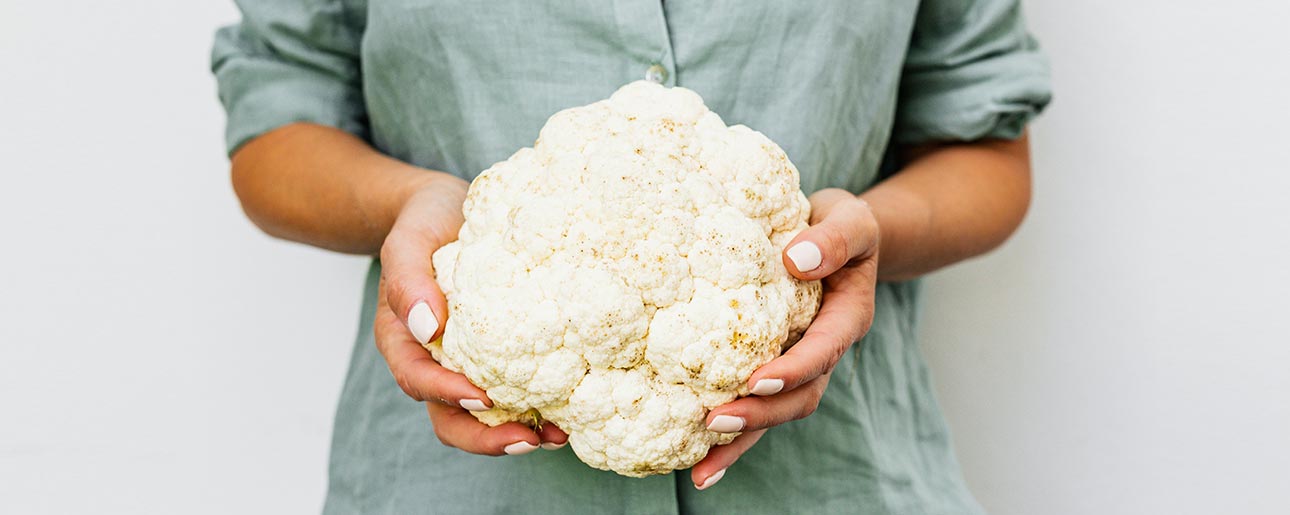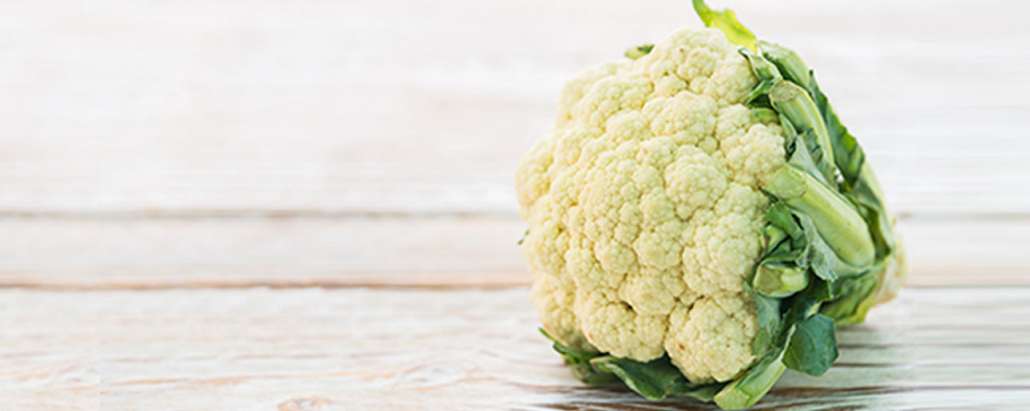
The Cauliflower Is One Of The Most Famous Vegetables
Origin Of The Cauliflower: The Most Famous Edible Flower In The Vegetable Family
Origin Of The Cauliflower: Its History Is Uncertain .The origin of cauliflower as we know it today is hard to pinpoint. The first possible mention of the vegetable comes from the works of Pliny the Elder . Pliny was an author, philosopher and naturalist of the early Roman Empire . He wrote the famous book called “The Natural History” (Naturalis Historia) one of the biggest works to make it from antiquity to today.
We mention something in this book called cyma, which he said was the best kind of cabbage.
Though his description of the plant sounds like cauliflower, he may have been talking about an earlier, different breed of vegetable from the same family.
The first clear mention of cauliflower emerges much later, in the writings of two Arab botanists of the 12th century — Ibn al-Baitar and Ibn al-Awwam.
They claimed that it originated in the Mediterranean, more specifically Cyprus.
description about cauliflower:
The scientific name of white cauliflower is Brassica oleraceae botrytis. In the United States we call this type of cabbage Heading Broccoli. Cauliflower is grown for flower use, released Cauliflower leaves do not twist like cabbage, but in the middle of them is a flowering branch with a large number of flowers on it, which appear white and dense. The buds and immature petioles form the edible part of this type of vegetable, which is called according to the flower or cord.
It is a cold season vegetable that needs more care than cabbage size and is sensitive to heat. Also, this vegetable is very low tolerance to drought. Factors such as lack of cold and frost, deep and fertile soil, moist soil and Light, which has a lot of humus and organic matter and high levels of soil nitrogen improve the quality of growth of this plant.
The Stems & Leaves Are Edible & Nutritious
When we look at cauliflower, we naturally gravitate towards the alluring, creamy-white mass in the center of the plant.
After all, that’s what we’re after, right?
Still, you shouldn’t just throw out the leaves and stem of the plant.
Turns out, they’re completely edible, decently tasty, and quite nutritious.
The stem can be cut up and used alongside the florets, while the leaves can easily be included in a salad or soup.
Also, The stem and leaves are good sources of calcium, iron, fiber, vitamin C and folate.
It is interesting to know that this plant has very little fat and carbohydrates, and it is a rich source of fiber and is very beneficial for body health.
This Vegetable is a versatile vegetable that you can use and enjoy in soups, stews, fries, as steamed vegetables, and in salads or alone .
Varieties of cauliflower :
- White: Your average, tasty, always-got-your-back cauliflower
- Orange: Similar to the white but with 25% more vitamin A!
- Green (aka Romanesco or “broccoli”): With mesmerizing spirals, this is probably the most beautiful vegetable you’ll ever eat.
- Purple: Similar to the white but with anthocyanins, the healthy phytochemical responsible for the color of purple cabbage and red wine.
Sunlight Can Give It A Yellow Tint
When cauliflower reaches its later stages of development, farmers usually start shielding it from sunlight.
If this isn’t done, the curd will eventually get a tint of yellow or green.
I know what you might be thinking:
“Well, who cares?”
After all, there’s no negative effect on the nutrients — in fact, the colored ones may even be a bit healthier.
However, if you plan on selling the veggie, you’ll want to keep the creamy-white color intact.
Commercial farmers have long known that it sells much better than the green or yellow tints.
It seems like most people simply prefer the “clean” look.
What’s the difference between cauliflower and broccoli ?
Let’s start with what makes them the same, shall we? Both cauliflower and broccoli are in the same family as cabbage and Brussels sprouts. The parts we eat on all of these veggies are actually flower buds!
Though they are quite similar, the edible flower buds I mentioned are more spaced out in broccoli. Cauliflower has less calories and carbs, while broccoli has more vitamins and minerals.
one Surprising Fact About Cauliflower :
It is like that one shy person that kind of melds into the crowd at a party.
It doesn’t have the striking color of a carrot, nor the great reputation of broccoli.
Let’s give it some deserved attention, shall we?
For starters, check out these surprising facts about cauliflower.
This Vegetable Can Be Used As A Rice Replacement
Rice has long been a staple food of many Eastern cultures.
As the global food market grew, the grain became loved in the rest of the world as well.
And it’s easy to see why:
It’s a highly-versatile grain that can be included in almost any meal.
we discovered Unfortunately, that rice may not be as safe as it used to be
Careless use of industrial technology has caused inorganic arsenic to seep into the groundwater near rice fields — leading to widespread contamination.
Because of this, many health-conscious people are now looking for alternatives, such as cauliflower.
Riced cauliflower has similar consistency to actual rice, is cheap and easy to make, and has a higher nutrient density.
Cauliflower has oranges beat
A Single Floret Contains 10% Of Your Daily Vitamin C Need
Vitamin C is an essential nutrient that’s important for your immune system, eyes, cartilage, iron absorption and healthy skin, among other things.
When people think about vitamin C, they mostly envision oranges and freshly-squeezed juice.
The citrus fruit is definitely a good source of the vitamin no doubt about that.
After all, just 100g of its juicy flesh will give you 45.0 mg (75% of RDV).
Properties of cauliflower :
Prevention of diabetes
Treatment of neurological diseases
Cardiovascular health
Balancing hormones
Improves intestinal inflammation
Health and strengthen the stomach
Cancer prevention
Weight loss and slimming diet
Prevent obesity
Joint and bone health
Increased iron absorption
Prevention of macular degeneration


